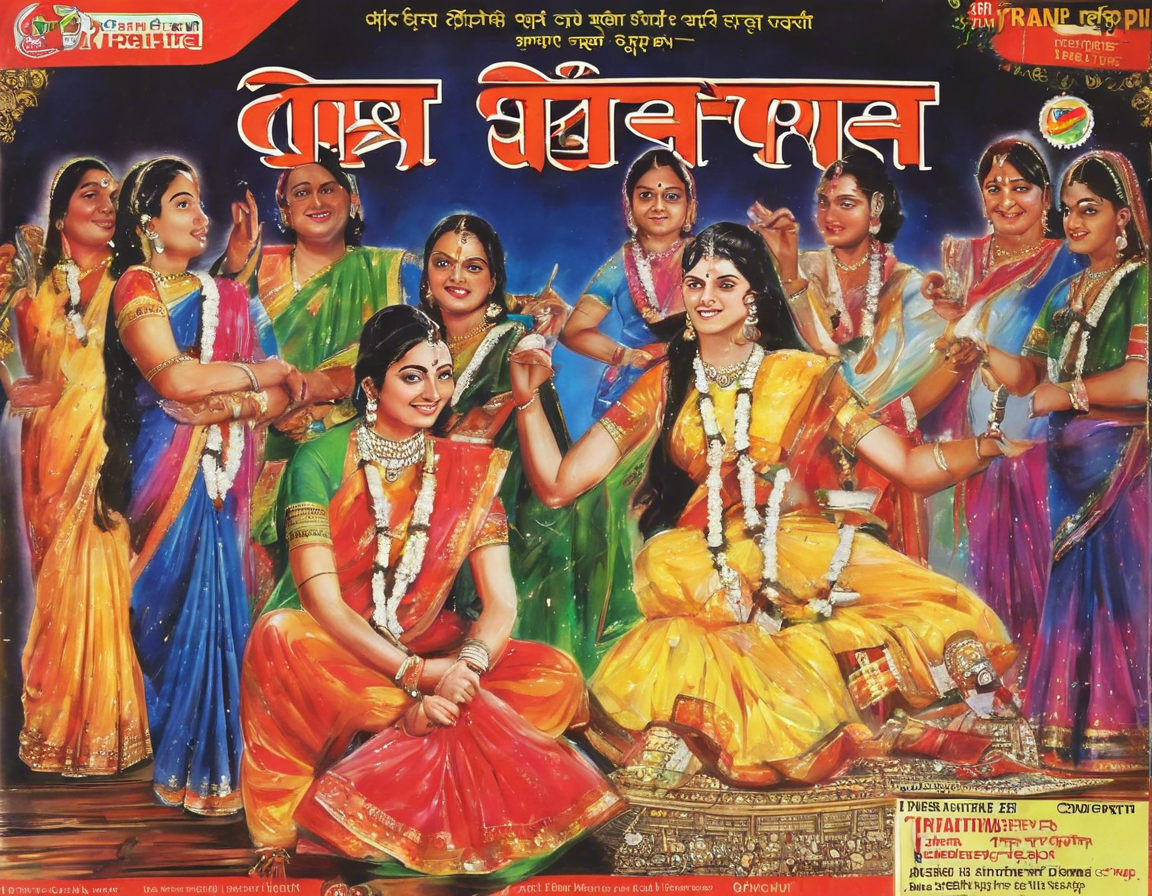When discussing the spiritual and religious practices associated with Hinduism, one cannot overlook the pran pratishtha ceremony. This ritual holds immense significance in the Hindu faith and is performed to infuse life force energy into an idol or deity. The ceremony is believed to give the deity a physical presence and make it accessible for devotees to connect and communicate with.
The Concept of Pran Pratishtha
In Hinduism, the concept of pran refers to the vital life force that sustains all living beings. Pratishtha means to establish. Therefore, pran pratishtha is the ritual of invoking the divine presence into an idol or image. It is the process of consecrating and energizing the deity to make it a receptacle of divine consciousness.
Significance of Pran Pratishtha
-
Infusion of Divinity: Through the pran pratishtha ceremony, the idol is believed to cease being a mere metal or stone structure and becomes a living representation of the deity.
-
Availability for Worship: Once consecrated, the deity is believed to reside within the idol, making it possible for devotees to establish a connection, offer prayers, and seek blessings.
-
Facilitates Spiritual Progress: Having a physical form of the deity enables devotees to focus their minds during worshipping practices, aiding in spiritual growth and realization.
The Ritual of Pran Pratishtha
The pran pratishtha ceremony is performed by qualified priests following ****. Key elements of the ritual include:
Preparation:
- Cleaning the idol or image
- Purification of the space and materials
- Mental preparation through meditation and chanting
Invocation of Deity:
- Mantras and slokas are recited to invoke the divine presence
- Offerings such as flowers, incense, and food are made to the deity
Establishment of Divinity:
- The priest focuses on channeling prana into the idol through breath, mantras, and ritual gestures
- The idol is believed to be transformed into a living entity through this process
Conclusion:
- Aarti is performed to conclude the ceremony
- Devotees seek blessings from the consecrated deity
Pran Pratishtha in Temples
In Hindu temples, pran pratishtha is conducted when installing a new deity or reconsecrating an existing one. Devotees believe that regular pran pratishtha ceremonies in temples uphold the spiritual potency and sanctity of the sacred space.
FAQs on Pran Pratishtha Ceremonies
1. What is the significance of pran pratishtha in Hindu worship?
Pran pratishtha is vital as it transforms an idol into a living representation of the deity, allowing devotees to establish a direct connection for worship and prayers.
2. Who can perform the pran pratishtha ceremony?
Qualified priests who have undergone proper training and initiation are entrusted with conducting the pran pratishtha ceremony.
3. How often should pran pratishtha be performed in a temple?
Pran pratishtha is typically performed when installing a new deity or during temple reconsecration. The frequency may vary based on traditions and ritual practices followed by the temple authorities.
4. Can pran pratishtha be done at home?
While pran pratishtha is commonly performed in temples, individuals with the necessary knowledge and training can conduct a simplified version of the ceremony at home to establish a sacred space for personal worship.
5. What materials are required for the pran pratishtha ceremony?
Materials required may include flowers, incense sticks, sacred water, fruits, sandalwood paste, and other offerings as per ritual guidelines.
By understanding the significance of pran pratishtha ceremonies, devotees can delve deeper into the spiritual essence of Hindu worship and ritual practices. The infusion of life force energy into a deity through this sacred ceremony reverberates with divine blessings and elevates the spiritual connection between the devotee and the divine.
